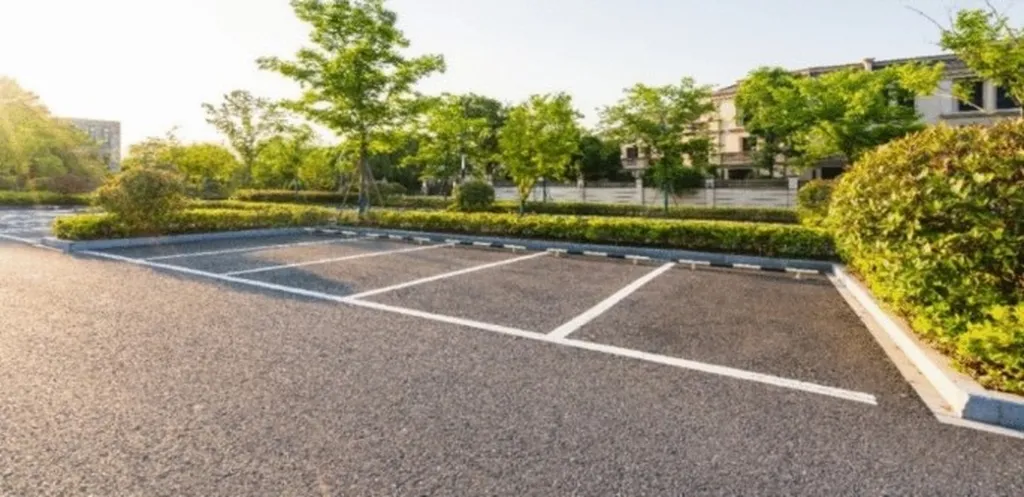In the quest for sustainable urban infrastructure, a groundbreaking study led by Dr. Faiz Habib Anwar of the UAE University and the Emirates Center for Mobility Research is paving the way for innovative stormwater management solutions. The research, published in the journal “Developments in the Built Environment” (translated to English as “Advances in the Built Environment”), explores the potential of pervious geopolymer recycled aggregates concrete (PGRAC) to improve stormwater quality while reducing the environmental impact of pavements.
Stormwater runoff is a significant challenge in urban areas, often leading to pollution and increased flooding. Traditional pavements exacerbate this issue by preventing water infiltration and contributing to higher global warming potential (GWP). Dr. Anwar’s study introduces PGRAC as a sustainable alternative, combining geopolymer binders and recycled concrete aggregate (RCA) to create a material with high hydraulic permeability and pollutant adsorption capabilities.
“The idea is to develop a pavement material that not only manages stormwater effectively but also contributes to a circular economy by using recycled materials,” explains Dr. Anwar. The study evaluated various mixes of PGRAC, considering factors such as binder blends, design porosity, and RCA content. Mechanical and hydraulic tests confirmed that all mixes met the necessary performance standards for pavement use.
One of the key findings was that PGRAC exhibited low leaching potential for most heavy metals, ensuring that the material does not contribute to further pollution. However, the study noted that Boron levels were slightly above regulatory limits, indicating a need for further optimization. Notably, mixes with 10% porosity and 100% RCA showed superior contaminant removal due to their enhanced pore structure, although they were more susceptible to clogging.
The commercial implications of this research are substantial, particularly for the energy sector. Sustainable urban drainage systems can reduce the energy required for stormwater treatment and management, leading to cost savings and a lower carbon footprint. Additionally, the use of recycled materials in construction aligns with the growing demand for eco-friendly solutions, opening up new market opportunities for innovative materials like PGRAC.
Dr. Anwar’s research highlights the potential of PGRAC to shape future developments in stormwater management and sustainable urban infrastructure. As cities continue to grow and face increasing environmental challenges, the adoption of such innovative materials could play a crucial role in creating more resilient and sustainable urban environments.
“This study is just the beginning,” says Dr. Anwar. “We are excited about the possibilities that PGRAC offers and look forward to further research and collaboration to optimize this material for widespread use.” With the publication of this research in “Developments in the Built Environment,” the stage is set for a new era in sustainable construction and stormwater management.

